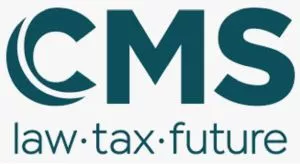On 29 March 2024, the CSSF released a question and answer regarding the provisions of Circular CSSF 22/824 (the “CSSF Q&A”) for the application of the Guidelines of the European Banking Authority on Loan Origination and Monitoring (the “EBA Guidelines”).
Under the CSSF Q&A, Lombard loans mean loans collateralised by securities pledged for the benefit of the lending institution, which may enforce the pledge and sell the collateral in the case of a breach of the terms of the loan agreement by the borrower. The pledged securities must be sufficiently diversified and liquid.
Institutions must apply certain requirements in line with Circular CSSF 12/552 on central administration, internal governance and risk management, such as (i) the credit-making process, (ii) the transparency on the characteristics of the Lombard loan in the loan contract, (iii) prudent haircuts covering all risks and regularly performed, (iv) the monitoring of the value and the quality of the underlying collateral, (v) effective procedures to take corrective measures in a timely manner to shield the lending institution from losses and trigger the liquidation process of the pledged securities in good time, (vi) the monitoring, assessment, reporting and mitigation of financial collateral concentration.
In accordance with the EBA Guidelines, in the case of secured lending, collateral should be considered as the institution's second way out in case of default or material deterioration of the risk profile and not the primary source of repayment, except for loan agreements stating that the repayment of the loan is based on the sale of the property pledged as collateral or liquid collateral provided.
The content of this article is intended to provide a general guide to the subject matter. Specialist advice should be sought about your specific circumstances.








